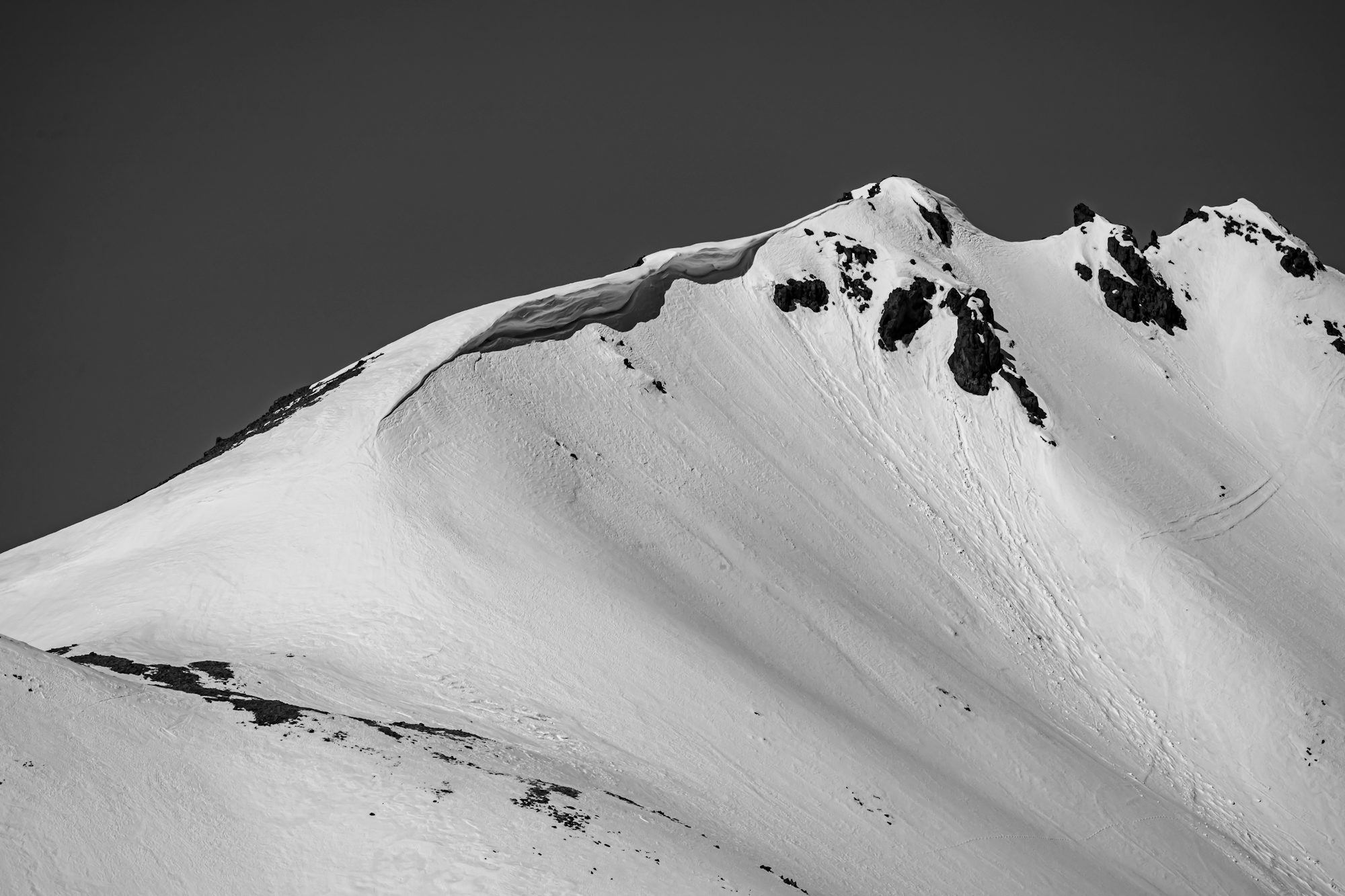Understanding Snowboarding Styles
The world of snowboarding can be broadly categorized into several distinct styles, each with its own unique techniques and appeal. Freestyle snowboarding is one of the most popular disciplines, characterized by the creativity and expression of the rider. Freestyle riders often utilize terrain parks, which are designed with jumps, rails, and other features that allow for trick execution. In this discipline, riders focus on aerial maneuvers, spins, and grinds, aiming to showcase their personal style and skill.
Halfpipe riding is a specialized form of freestyle that takes place in a U-shaped structure, where riders perform tricks while traversing the walls of the halfpipe. This discipline emphasizes fluidity and rhythm, as riders gain momentum to launch themselves into the air for impressive aerial tricks. The halfpipe has become a staple in competitive snowboarding, with events in the Olympics and major competitions highlighting the talents of elite riders.
On the other end of the spectrum is freeride snowboarding, which prioritizes versatility and the exploration of natural terrain. Freeriders often venture off-piste, seeking fresh powder, cliffs, and varied landscapes. This style demands adaptability, as riders must navigate different snow conditions and terrain features. The thrill of backcountry riding is a major draw for many, offering a sense of adventure and connection with nature.
All-mountain riding serves as a bridge between freestyle and freeride, allowing riders to enjoy the entire mountain. All-mountain boards are designed to perform well on groomed trails, moguls, and even in the backcountry. This versatility makes all-mountain riding a popular choice for those who want to experience different aspects of the sport without being confined to a single style.
Alpine snowboarding, or carving, focuses on precision and speed on groomed runs. Riders use stiffer boards and hard boots to execute sharp turns, often racing down courses with gates. This style emphasizes technique and control, making it appealing to those who enjoy high-speed descents.
Another exciting variation is boardercross, where multiple riders race down a course filled with jumps and obstacles. This format combines elements of freestyle and racing, emphasizing speed, strategy, and the ability to navigate through tight turns and challenges.
The Techniques Behind Snowboarding
Regardless of the style chosen, mastering basic techniques is crucial for success in snowboarding. Beginners should focus on learning how to balance, turn, and stop effectively. One of the fundamental skills is the heel-side turn and toe-side turn, which allow riders to navigate the slope smoothly. As riders progress, they can delve into more advanced techniques such as carving, which involves making clean, arcing turns on the edge of the board for increased speed and control.
Ollies and nollies are essential tricks for freestyle riders, allowing them to gain air off jumps and obstacles. Learning how to pop off the tail of the board with an ollie or the nose with a nollie opens up a world of possibilities for trick progression. As riders become more comfortable, they can start incorporating spins and grabs into their repertoire, adding style and flair to their performances.
For those interested in backcountry riding, it’s crucial to learn techniques for navigating deep snow and variable terrain. Skills such as sight lines, which help in planning a descent, and snowpack assessment, which allows riders to evaluate avalanche risks, are essential for safety and enjoyment in the backcountry. Riders should also familiarize themselves with skinning techniques for splitboarding, enabling them to climb uphill efficiently before transitioning to downhill riding.
Current Trends in Snowboarding
As snowboarding continues to evolve, new trends and technologies are shaping the experience for riders. One notable trend is the increasing popularity of eco-friendly gear. Many brands are now producing snowboards, bindings, and apparel using sustainable materials and practices, catering to environmentally conscious consumers. This shift not only promotes sustainability but also highlights the industry’s commitment to reducing its environmental impact.
Additionally, technology integration in snowboarding gear is on the rise. Smart goggles with augmented reality features are emerging, providing riders with real-time data such as speed, elevation, and navigation while on the slopes. This innovative technology enhances the overall experience, allowing riders to track their performance and explore new areas with confidence.
Women’s snowboarding has also gained significant traction, with more female athletes participating in competitions and pushing the boundaries of the sport. This growth has led to the development of gear specifically designed for women, taking into account factors such as fit and style preferences. The increased visibility of female snowboarders in media and events serves as inspiration for the next generation of riders.
Moreover, community-focused events are becoming more prevalent in the snowboarding culture. Local contests, film festivals, and grassroots initiatives foster camaraderie among riders and encourage the sharing of skills and experiences. These events help build a strong sense of community and support within the snowboarding world.
Conclusion
Snowboarding is a multifaceted sport that offers a unique blend of excitement, creativity, and adventure. Whether you’re drawn to freestyle tricks, backcountry exploration, or carving down groomed runs, there’s a style that suits every rider’s preferences. By mastering essential techniques and embracing current trends, snowboarders can enhance their experience and connect with a vibrant community. As the sport continues to grow and evolve, the future of snowboarding looks bright, promising new challenges and innovations for riders of all levels. Embrace the journey, and enjoy the thrill of snowboarding!
